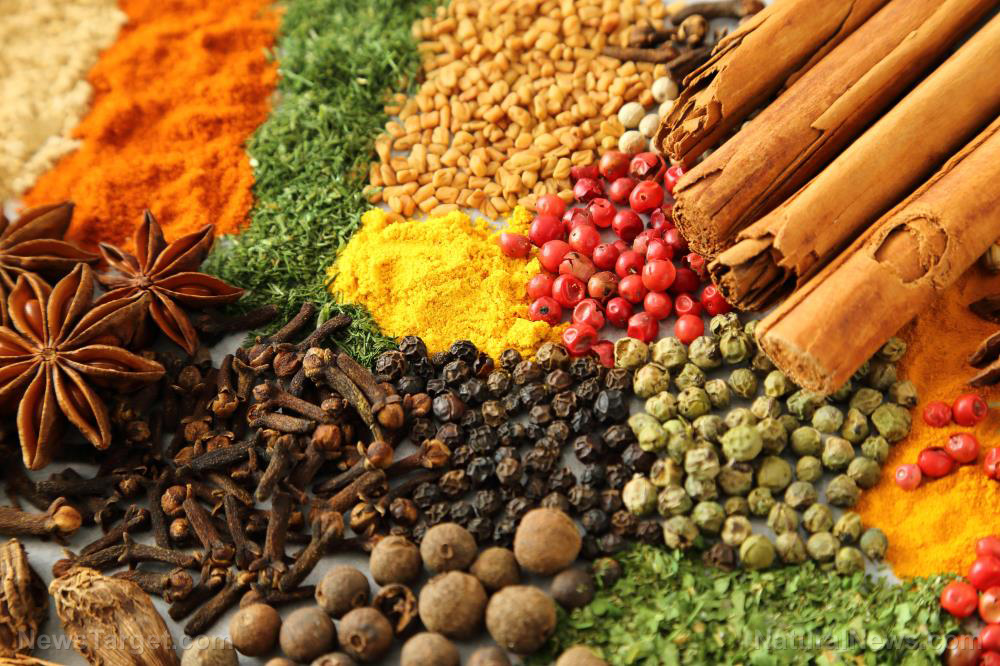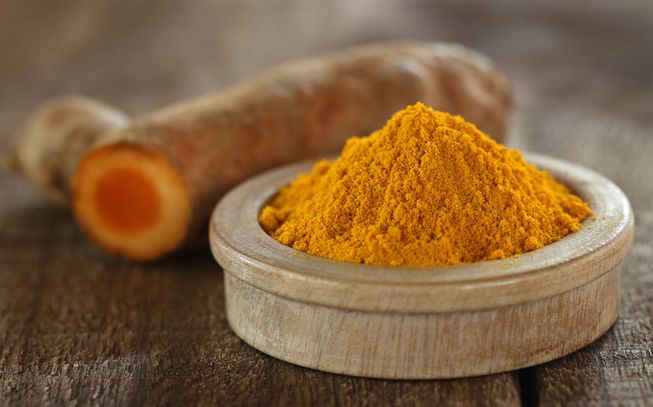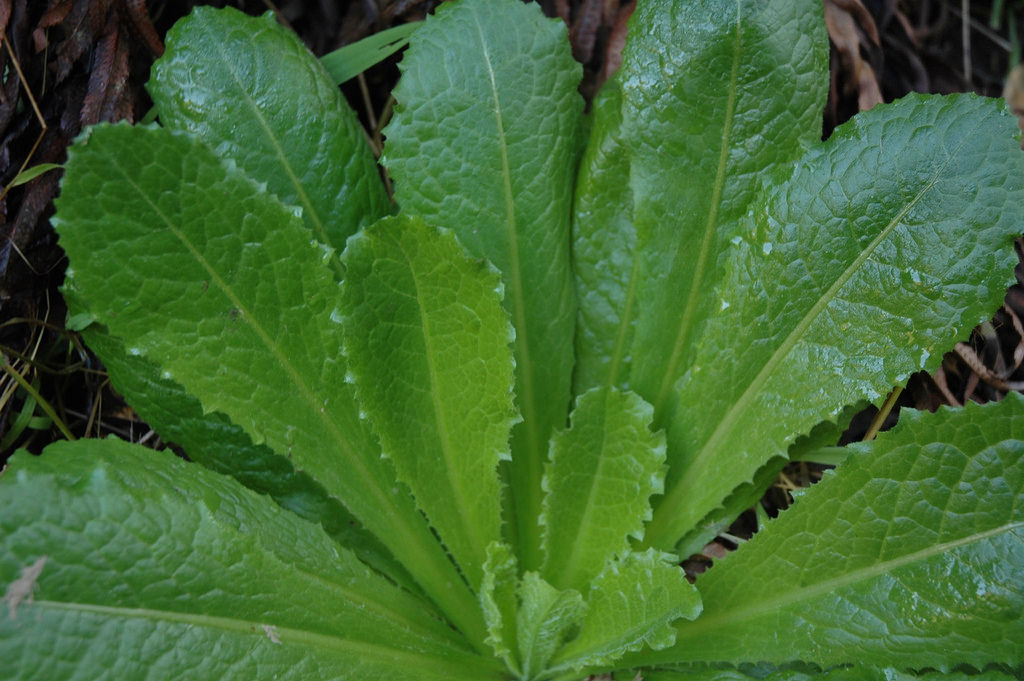
Advertisement
It’s no secret that spices, all things considered, are the soul of an Indian kitchen. This is because spices are found in almost every single food item in Indian meals, from tasty and filling chutneys and curries during breakfast and lunch, to the wonderfully flavorful and exotic biryani and butter chicken during dinner. In addition, spices are also integral to frosty yogurt-based drinks known as lassi.
As it turns out, there’s a good reason behind their ubiquity in Indian cuisine: not only do these spices add a wonderful kick to food, they are also incredibly nutritious, with several spices even linked to medicinal and therapeutic properties. Amazing, right?
With that said, here are some of the essential spices that can be found in the spice racks of every Indian kitchen, as well as tips on how to properly use them:
Cassia
The dried bark of the Cinnamomum cassia tree, cassia — also known as Indian or Chinese cinnamon — is particularly valued for its strong, sweet and earthy flavor which it readily imparts to meats such as lamb and mutton. Because of this, it is often considered to be essential in making spice blends for meat-heavy stews and curries.
Aside from being a tasty addition to meals, cassia is also prized for its therapeutic properties, with Ayurvedic healers using the herb’s flowers, leaves, stems, roots and unripe fruit to treat chest pain, kidney disorders, high blood pressure and cramps. In addition, people also apply cassia to the skin to repel mosquitos.
Cloves
Cloves, also known as “laung” or “lavang,” are aromatic flower buds harvested from the evergreen clove tree.
Cloves are known for lending a slightly sweet yet pungent aroma to Indian dishes such as pilafs and biryanis, although they are also used in sweet drinks and desserts as their “warm” flavor goes really well with sugar.
Outside of cookery, cloves are pressed for their sweet-smelling oil, which is used in Ayurveda to improve circulation, digestion and metabolism.
Fenugreek
A type of clover-like herb native to Western Asia, fenugreek is highly valued for its seeds which are noted for having a flavor profile similar to maple syrup. These seeds are usually dry-roasted or fried in either oil or ghee to reduce their bitterness.
Fenugreek seeds are commonly added to stews and curries, as they are known for working really well with other spices such as coriander, cumin and red chili powder.
In addition, fenugreek is also said to be effective against digestive problems such as loss of appetite, constipation and inflammation of the stomach.
Saffron
Derived from the flower of Crocus sativus, saffron is considered to be the world’s most costly spice.
Saffron’s flavor is extremely subtle and fragrant – with some culinary experts even describing the spice’s slightly sweet taste as being “luxurious” and “enigmatic.” This subtlety in its flavor is in stark contrast to its color, which is a blazing, brilliant yellow.
Saffron, according to Indian cooks, is usually added to recipes such as herbed rice and curries.
Coriander
One of the oldest-known spices in the world and a constant fixture in many an Indian spice rack, coriander seeds are used in a wide selection of dishes such as curries, stews and soups, all of which benefit from its warm, nutty and citrusy flavor.
Coriander seeds, according to culinary experts, are used as a base for many spice mixes, which makes it particularly important in Indian cuisine. Not only that but coriander is also considered to be a potential treatment option not just for for irritable bowel syndrome or IBS, but also for constipation, diarrhea, gas, nausea, athlete’s foot and many other conditions.
TIP: In order to extract the maximum amount of flavor, coriander seeds must be dry-roasted until they turn a light golden-brown or until they start “dancing” and popping in the pan.
Cumin
Cumin, also known as “Jeera,” is a spice made from the dried seed of a plant known as Cuminum cyminum, which is a flowering plant from the parsley family.
Native to the Middle East, cumin is considered to be an essential ingredient in Indian cuisine, where it is especially valued for its ability to impart warm and earthy flavors and textures to many dishes such as soups, daals, and curries.
Much like coriander, whole cumin seeds need to be dry-roasted before being used in order to extract all of their flavors.
Turmeric
Considered to be the most common and widely-used spice in Indian cooking, turmeric or Curcuma longa, is noted for its brilliant yellow hue as well as its peppery and slightly bitter flavor.
Commonly added to curries as well as stews and pilafs, turmeric has been found to possess potent antioxidant and anti-inflammatory properties, making it one of the most nutritious herbs and spices on this list.
Mustard seeds
Mustard seeds, also known as “sarson,” come in three colors: yellow, black and brown. Despite their visual differences, however, they have the same flavor profiles and can thus be used interchangeably.
Known for their strong, nutty and pungent flavor, ground mustard seeds are a popular addition to many dishes such as curries, chutneys, pickles and even salads.
Want to extract the maximum amount of flavor from mustard seeds? Fry them in oil. You can thank us later.
Cardamom
Native to India’s Malabar Coast, cardamom or “elaichi,” is one of the most expensive spices in the world.
This beloved spice comes in two forms, green and black.
Green cardamom, according to culinary experts, is the most common variety and is used for everything from spice mixes to lassis to Indian desserts. Black cardamom, meanwhile, is rarer, and is often used for savory dishes such as stews and curries.
Green cardamom’s flavor is often described as being light and sweet, with mild eucalyptus notes. Black cardamom, on the other hand, is described as being powerful and smoky.
Cardamom can be used in two ways, as whole pods or as finely ground seeds. The pods, according to experts, are mostly used in savory dishes such as curries, while the seeds are used in pastries and desserts.
Garam Masala
Technically speaking, Garam Masala is not a spice per se but rather, a mixture of spices — its name literally means “a mix of hot spices.”
Garam Masala is usually added to give warmth and depth to dishes such as curries and stews. Unlike pre-made mixes that have a standard list of ingredients, Garam Masala can vary depending on the family that makes them, making it one of the most unique spice blends in the world.
In addition, the ingredients used to make a specific dish can also influence the spices and herbs chosen for a Garam Masala, as the spices are usually chosen to complement the other ingredients.
How do I store my spices?
Spices, whether whole or ground, are best stored in airtight containers tucked away in kitchen cupboards. This is because they contain volatile oils that tend to lose potency when exposed to sunlight.
Take note, however, that ground spices lose their potency faster than whole spices. Ground spices have a shelf life of around four months, while whole spices are good for a year.
For this reason, experts usually advise new cooks to get whole spices in larger quantities and just grind a couple of teaspoons at a time.
How do I use Indian spices in cooking?
Because of the sheer amount of spices available on the market, it can get very overwhelming for an aspiring cook to choose which spices to use, let alone the combinations he can experiment with.
Don’t worry though, as the spices used in Indian cuisine are quite easy to pair with each other — provided, of course, that you know which flavors work well with each other.
With that said, here is a quick and easy recipe for a basic Garam Masala:
Garam Masala
A savory, spicy and flavorful blend of spices, this Garam Masala, based on a recipe by Ministry Of Curry, will add a powerful and delicious kick to your stews and curries. The best part? It’s customizable, so you can add or remove any ingredient to your liking.
Ingredients
- 1 tablespoon coriander seeds
- 1 tablespoon cumin seeds
- 1 teaspoon whole peppercorns
- 1/2 teaspoon whole cloves
- 1/2 teaspoon green cardamom seeds
- 2 dried bay leaves
- 1-3 dried red chilies
- 2-inch piece cassia stick
- 1/2 teaspoon nutmeg, grated
Preparation
- Lightly toast the spices over medium heat in a dry skillet.
- Toast spices until the seeds start crackling and become fragrant. Stir the mixture often to avoid scorching and burning the mixture.
- Once toasted, take the spices and transfer them to a spice grinder or blender.
- Grind until the mixture is reduced into a fine powder.
- Transfer to an air-tight container. Store in a cupboard or in a dry location away from bright sunlight.
More than just being flavor powerhouses, spices are also packed full of nutrients. This means that if they are paired with healthy food choices, such as eating more fruits and vegetables, they can elevate a dish both in terms of taste and nutrition — which is nothing short of a win-win situation for us.
Sources:
Advertisements







